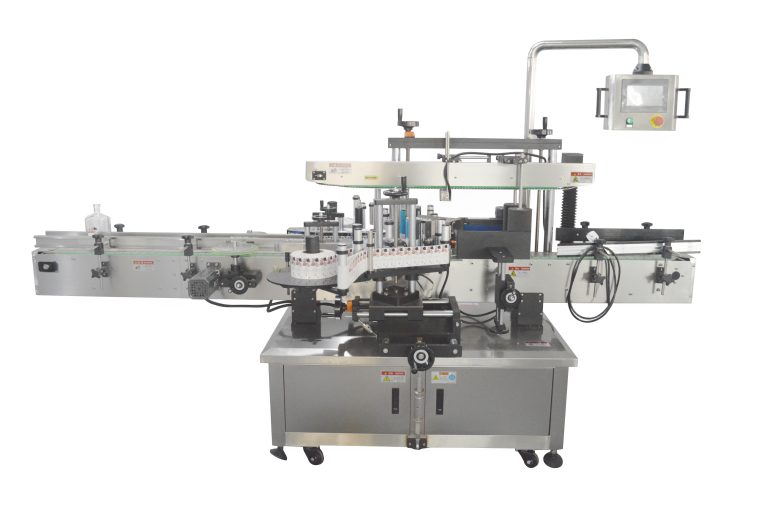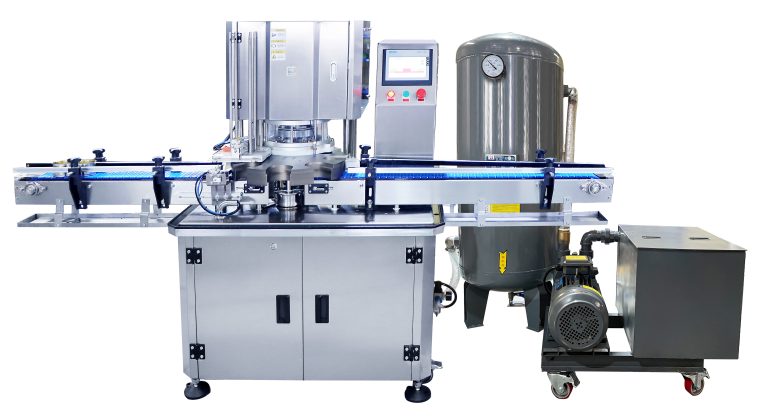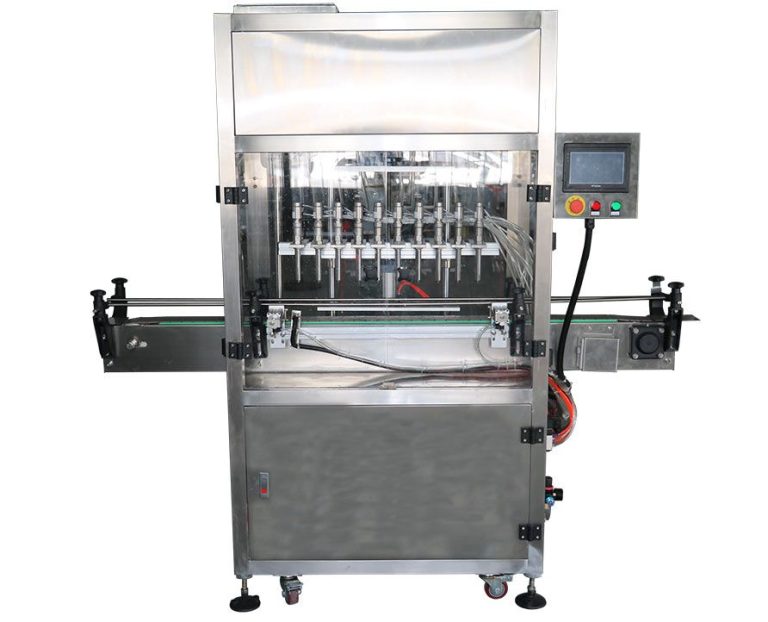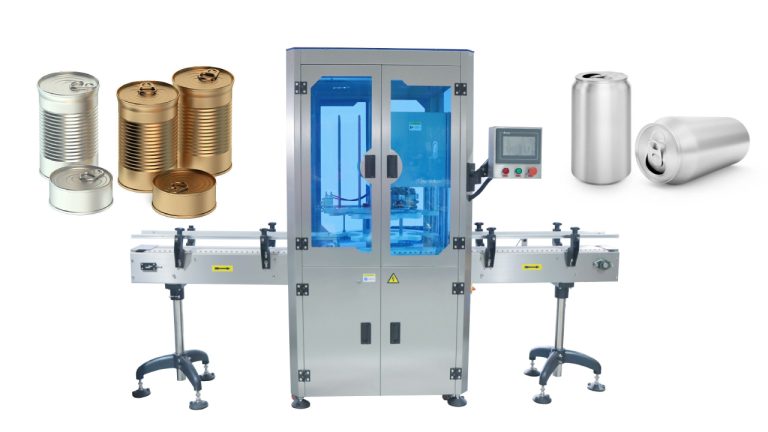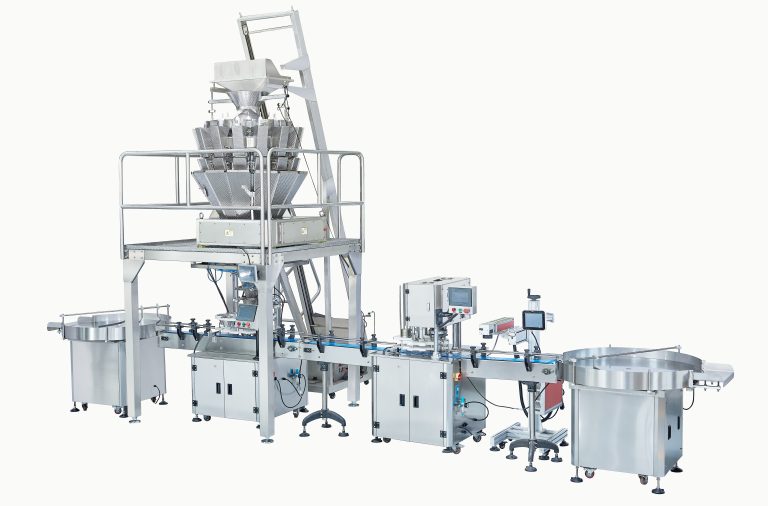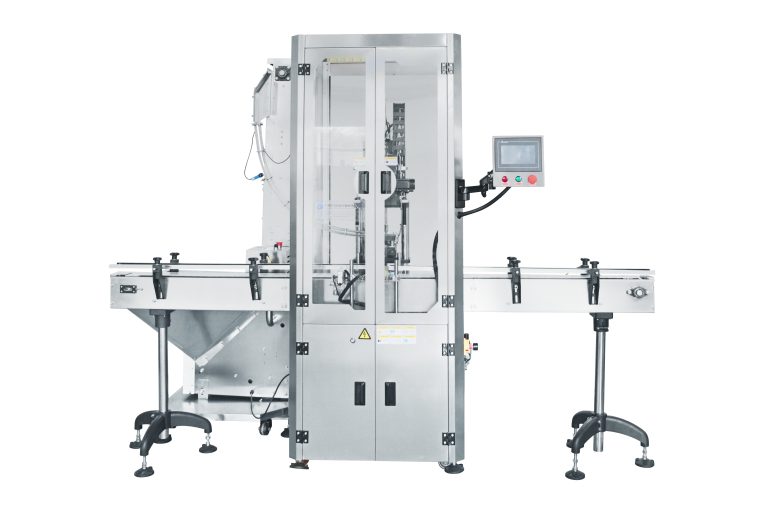The Basics of Seaming Tin Cans
Seaming tin cans is a crucial process in the manufacturing of canned goods. It ensures that the contents of the can are sealed properly and protected from external contaminants. In this article, we will discuss the basics of seaming tin cans, including the equipment needed and the steps involved in the seaming process.
The seaming process involves joining the body of the can with the lid to create a hermetic seal. This is typically done using a seamer machine, which applies pressure to the can to form a secure seal. The seamer machine consists of several components, including the seaming chuck, seaming rolls, and a seaming head.

Before beginning the seaming process, it is important to ensure that the can and lid are properly prepared. The can should be filled with the desired product and the lid should be placed on top, with any excess product wiped away from the edges. This will help to ensure a clean and secure seal during the seaming process.
Once the can and lid are prepared, they are placed into the seamer machine. The seaming chuck holds the can in place while the seaming rolls and seaming head apply pressure to form the seal. The seaming rolls rotate around the can, pressing the lid against the body of the can to create a tight seal.
During the seaming process, it is important to monitor the pressure and speed of the seamer machine to ensure a proper seal. If the pressure is too low, the seal may be weak and prone to leaks. If the pressure is too high, the can may be damaged or the lid may not seal properly. It is important to find the right balance to create a secure seal.
After the seaming process is complete, the cans are typically inspected for any defects or imperfections. This may include checking for leaks, dents, or other issues that could affect the quality of the seal. Any defective cans should be removed from production to ensure that only high-quality products are shipped to consumers.
In conclusion, seaming tin cans is a critical process in the manufacturing of canned goods. It ensures that the contents of the can are sealed properly and protected from external contaminants. By following the proper steps and using the right equipment, manufacturers can create high-quality canned products that meet industry standards. It is important to pay attention to detail and monitor the seaming process to ensure a secure seal and prevent any issues that could affect the quality of the final product.

